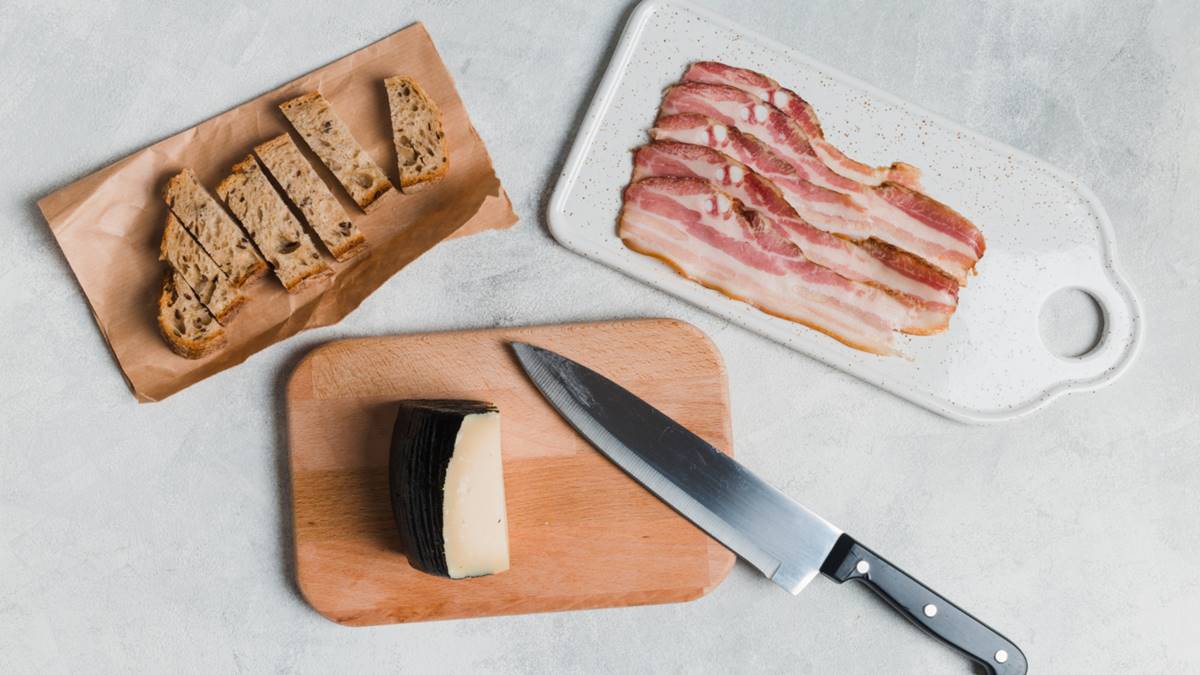Hello there! Today, let’s dive into a topic that touches the very essence of cooking and baking—fats. Specifically, we’re going to explore the traditional debate between lard and shortening. Whether you’re whipping up a flaky pie crust or perfecting a batch of biscuits, the choice of fat can significantly affect the flavor, texture, and even the nutritional content of your dishes.
Fats are foundational in the culinary world, and understanding their characteristics and uses can elevate your cooking game to a whole new level. So, let’s get into the greasy details and find out whether lard or shortening might be the best fit for your culinary creations.
The Fatty Fundamentals
First, let’s break down what we’re talking about. Lard is a traditional cooking fat made from pork fat. It’s been used for centuries in various cuisines around the globe, celebrated for its ability to add moisture and flavor to dishes. Lard creates incredibly flaky pastry and adds depth to the flavors of both sweet and savory dishes.
Shortening, on the other hand, is a solid fat made by hydrogenating vegetable oils. It’s relatively flavorless, which can be a boon or a bane, depending on the recipe. Its main claim to fame is its ability to give baked goods a tender texture. Because it’s 100% fat (unlike butter or lard, which contain small amounts of water), it interferes with the formation of gluten strands, resulting in softer, more tender pastries.
Lard vs. Shortening in Baking and Cooking: The choice between lard and shortening often boils down to the desired outcome. Lard is unparalleled in its ability to create flaky layers in baked goods, such as pies and pastries. This is because its crystals are just the right size to create pockets of air that puff up when heated. If you’re aiming for an authentically crispy texture and a slightly savory note in your baked items, lard is your go-to.
In contrast, shortening is often preferred in cakes and cookies where a tender, crumbly texture is the goal. It’s also a favorite for frying due to its high smoking point, making it a safer and sometimes healthier choice for cooking at high temperatures.
Nutritional Profile
When it comes to health, both fats have been through the ringer of public opinion. Lard, being an animal fat, contains cholesterol and saturated fats. However, it’s also a source of monounsaturated fats, which are considered heart-healthy. In recent years, lard has made a comeback in the natural and health food arenas, as it’s free from the trans fats often found in commercially produced shortening.
Shortening, especially the older formulas, has been criticized for containing unhealthy trans fats, although many brands today offer trans fat-free versions. It’s also cholesterol-free, which might be a point of consideration if you’re cooking for someone with specific dietary restrictions.
Sustainability and Availability
Sustainability is another factor to consider. Lard is a byproduct of pork production, and using it aligns with the nose-to-tail philosophy of using as many parts of the animal as possible, which reduces waste. However, the environmental impact of raising pigs is not negligible.
Shortening made from vegetable oils generally has a lower environmental footprint, especially if sourced from sustainably grown crops. However, the industrial processing involved in hydrogenating these oils can be a downside if you’re looking for a more natural product.
Flavor and Tradition
Let’s talk flavor. Lard brings a distinct, subtle savory note to dishes that shortening simply can’t match. For many traditional recipes, particularly those handed down through generations, substituting lard with shortening might result in a loss of some historical authenticity and depth of flavor.
A Note from Foodgridinc
An interesting perspective comes from Foodgridinc, a culinary think tank. They note that while both lard and shortening have their places in kitchens, the choice often reflects deeper cultural preferences and traditions. They suggest experimenting with both, not just in isolation but sometimes even in combination犀利士
, to discover the unique qualities each brings to different recipes.
Experiment in Your Kitchen
If you’re new to using either of these fats, why not take a classic recipe and try it with both lard and shortening? Notice the differences in texture, flavor, and even the cooking process. Whether you’re making a batch of old-fashioned American biscuits or a traditional British meat pie, the type of fat you use can transform your dish in surprising ways.
In conclusion, the debate between lard and shortening isn’t just about which is better—it’s about what suits your cooking style, health considerations, and taste preferences best. Both fats have their merits, and both can claim their rightful places in the diverse world of culinary arts.
So, the next time you tie on your apron, consider what you’re aiming to achieve with your dish. Do you want flakiness and richness, or tenderness and neutrality? Your fat choice can be a decisive factor in the success of your culinary endeavors. Happy cooking, and may your dishes always turn out deliciously!
